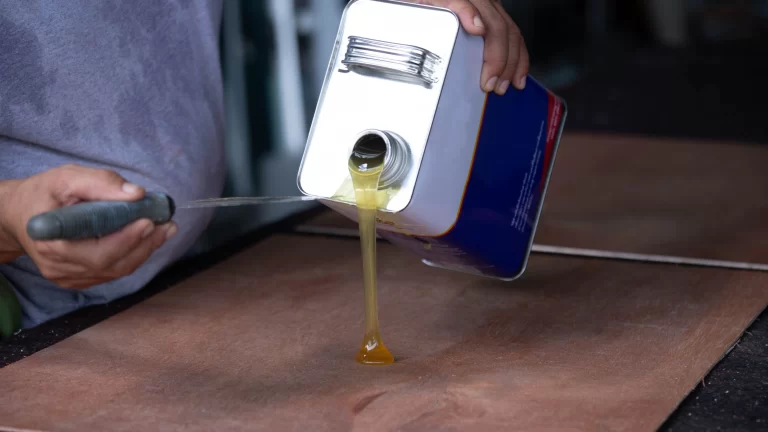Polyurethane adhesives, often referred to as polyurethane glue or PU glue, are a type of adhesive known for their versatility and strong bonding capabilities. These adhesives are widely used in various industries due to their unique properties and adaptability. In this article, we will explore the different aspects of polyurethane adhesives, including their applications, benefits, and the distinctions between different types, such as solvent-based and solvent-less adhesives.
What Are Polyurethane Adhesives?
Polyurethane adhesives are a class of adhesives that form strong bonds by creating a chemical reaction between the adhesive components and the substrates being bonded. This reaction results in a durable, flexible, and resilient bond that can withstand various environmental conditions. Polyurethane adhesives are known for their ability to bond a wide range of materials, including wood, metal, plastics, and ceramics.
Key Characteristics of Polyurethane Adhesives
- Strong Bonding: PU adhesives provide excellent adhesion to a variety of substrates, making them suitable for many applications.
- Flexibility: These adhesives remain flexible after curing, allowing them to absorb stress and movement without cracking.
- Durability: Polyurethane adhesives are resistant to moisture, chemicals, and temperature variations, ensuring long-lasting performance.
- Versatility: Available in different formulations, including polyurethane epoxy and PU wood adhesive, these adhesives can be tailored to specific needs.
Types of Polyurethane Adhesives
Polyurethane Glue and PU Glue
Polyurethane glue or PU glue is commonly used for woodworking and construction applications. It is ideal for bonding wood to other materials, such as metal or plastic, providing a strong and durable bond. PU wood adhesive is a specific type designed for woodworking, offering excellent water resistance and structural strength.
Solvent-Based and Solvent-Less Adhesives
- Solvent-Based Adhesives: These adhesives contain solvents that evaporate during the curing process, resulting in a strong bond. Solvent-based polyurethane adhesives are known for their fast curing times and strong adhesion but may release volatile organic compounds (VOCs) during application.
- Solvent-Less Adhesives: As the name suggests, solvent-less adhesives do not contain solvents, making them an environmentally friendly option. These adhesives cure through chemical reactions, providing a strong bond without the release of harmful VOCs. Solvent-less adhesives are often used in applications where environmental regulations are a concern.
Applications of Polyurethane Adhesives
- Construction and Woodworking: PU adhesives are widely used in the construction industry for bonding wood, concrete, and other building materials.
- Automotive and Aerospace: In these industries, polyurethane adhesives are used for bonding metal, plastic, and composite materials, providing durability and resistance to harsh conditions.
- Footwear and Textiles: PU adhesives are used in the manufacturing of footwear and textiles, where flexibility and durability are crucial.
- Packaging and Labeling: Solvent-less PU adhesives are popular in the packaging industry due to their environmental benefits and strong bonding capabilities.
Conclusion
Polyurethane adhesives, including polyurethane adhesive glue and polyurethane PU glue, offer a versatile and reliable solution for various bonding needs. Whether you are working with wood, metal, or plastics, these adhesives provide strong, durable, and flexible bonds. By understanding the differences between solvent-based and solvent-less adhesives, you can choose the right type of polyurethane adhesive for your specific application, ensuring optimal performance and environmental compliance.









